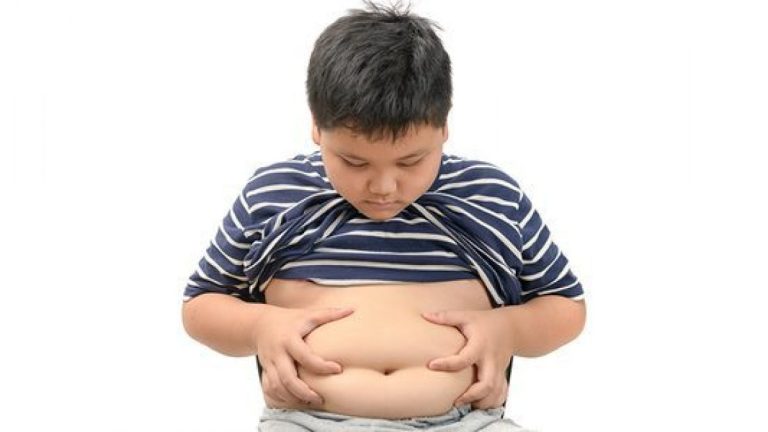Psychotherapy for kids: What It Is and Why It Is Useful
Psychotherapy is a method that aims to transform thoughts, feelings and behaviors. It is carried out between a professional and a patient; the professional seeks to provide psychological change in the patient, who needs to alleviate the symptoms that may appear due to different problems.
The person who comes to therapy, whatever the characteristics of his psychological symptoms, is in a phase of depression that can be determined by loss of self-esteem, feelings of incapacity, abandonment and doubt. This feeling leaves the patient incapable of facing the demands of society and repeatedly leads him to involve the meaning of his symptoms, to extreme his mental block, to become filled with fear of becoming insane, etc.
The symptoms presented by people who request psychotherapy are varied, affecting individual habits, relationships with others or considerably complicating their routine activities. Discontent manifests itself through anxiety, depression, stress, problems with their partner, problems in sexual relationships, etc., or leads to certain behaviors that interfere with the quality of life in various areas.
For example, there are addictions (alcohol, drugs, gambling , etc.) and others related to nutrition ( anorexia nervosa, bulimia, etc.). In conclusion, the circumstances that force a person to require professional help through psychotherapy are multiple and difficult to understand.
Why is Psychotherapy Useful?
Psychotherapy promotes changes similar to the goals that the patient wants to achieve, and also offers security in the face of doubt by facilitating the discernment of ideas and activities that had been confusing until then. It offers consolation and relief by allowing the affected person the opportunity to challenge his anxieties and tensions. In short, it causes the impression of a closed world to gradually transform into an open path full of multiple solutions.
How the goal is achieved depends on the approach proposed by the patient, the goals that are sought and, to a large extent, on the model used and managed by the professional. The appropriateness, harmony and objectives of the therapies are partly defined by the theoretical disposition of the professional.
The philosophical concept that precedes psychoanalysis, the change in behavior or the disposition of the human being is different from the reasons attributed to behaviors and the beginning of the change processes, and it is natural that each professional feels more represented with some of these reasons.
However, the flexibility in using these theories leads to the use of precise clinical strategies and principles in reality to lead to more successful results in psychotherapy. In this orientation, various authors have concluded that the results of psychotherapy are more related to the common factors shared by patients than to the therapeutic methods or procedures specific to each session.
Treatment Characteristics
1. Individuals feel empty with their ideas, feelings and/or behaviors and seek help.
2. Therapists try to establish a warm, caring, observant, non-attacking human space, a beneficial space for confidence and hope.
3. A therapeutic coalition is proposed to find a positive quality for the procedure.
4. Therapies are established to calm the distress and benefit transformations consistent with the patient’s goals.
5. They seek to approach and compose the reality of the affected person, using the most representative sensory, behavioral and cognitive practices.
6. Counteract irrational fears.
7. They create plans to replace affected behavior patterns, irrational ideologies, and uncomfortable and negative feelings when relating to others.
8. They benefit the transfer of new behaviors aimed at the routine subsistence of the person, also promoting healthy behaviors.


